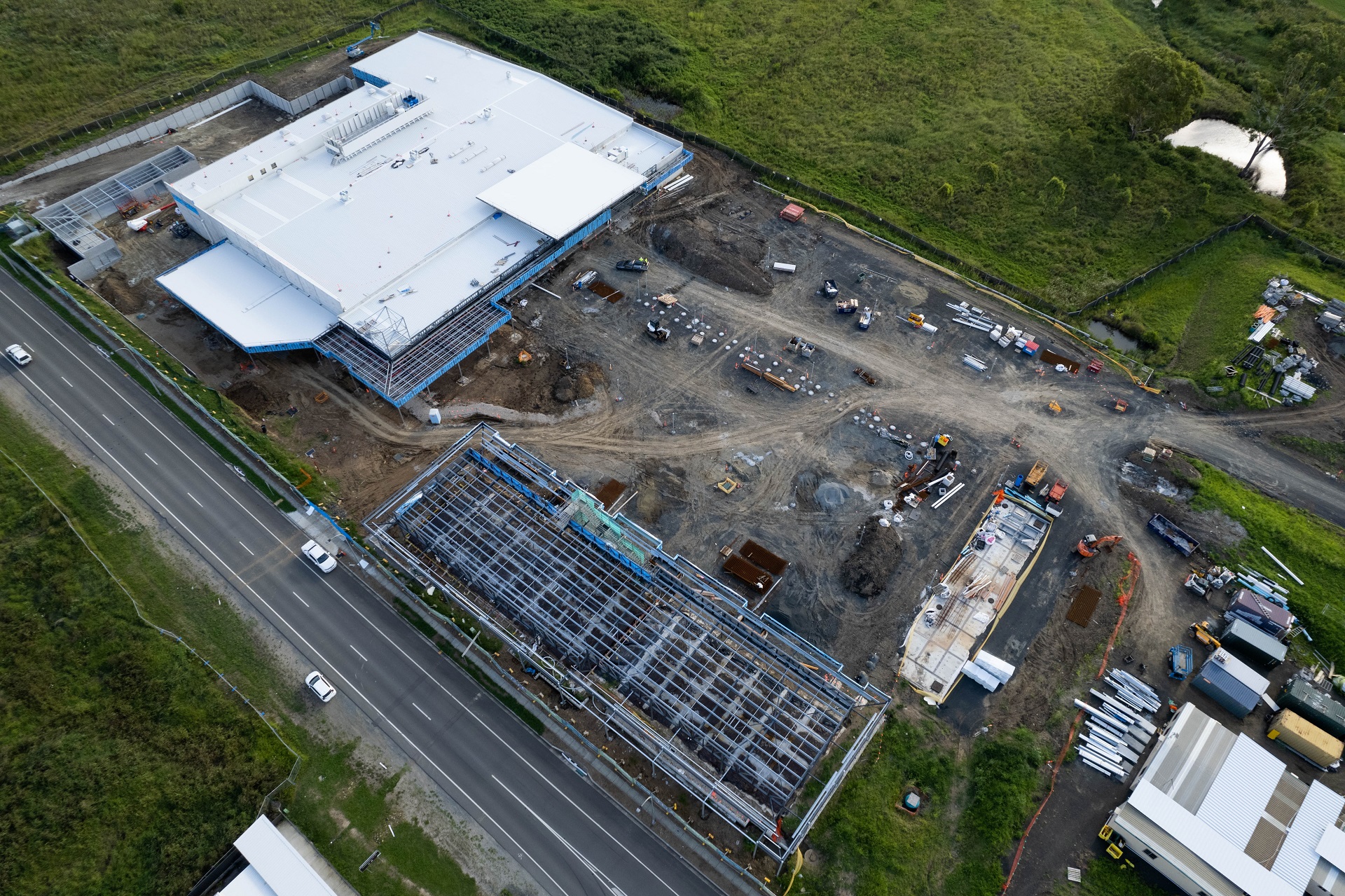Material and skills shortages and rising inflation rates continue to push construction costs up and shape trends in retail property development.

Structural steel is up 70% and plasterboard by 35% on last year’s figures, while labour shortages continue to push related costs up.
The quarterly change in construction cost varied from 1.7% in South Australia and 1.8% in New South Wales to 2% in Western Australia and Queensland.
In Queensland in particular flagship commercial developments like the Queens Wharf and Eagle Street redevelopment, natural disaster insurance works and projects in the lead up to the Brisbane Olympics are exacerbating the situation.
Inflation, economic stimulus, and supply chain challenges are converging to put pressure on the retail development pipeline, margins and timelines.
Considering there is 2.4 million square metres of retail forecast between now and 2025, much of which is neighbourhood and large format retail centres, this squeeze is having a significant impact on all stakeholders in the retail game.

Handler Property Managing Director, Nick Kelly, said that cost increases flow on through all stakeholders.1
“For developers the shopping centre is more expensive to deliver. This places upward pressure on the retail rents that must be secured to finance the project.2
“The only way that a tenant can pay more rent is to drive operational savings or achieve higher sales, which is also difficult in an environment featuring rapidly increasing interest rates, living costs, labour shortages and restricted international migration,” Nick said.
The pressure is seeing developers delay commencement of construction works, renegotiate construction contracts, increase budgeted project leasing rents and incentives and, in the worst-case scenario, close their doors.
Nick Kelly said that while costs are not likely to change in the near future there are means to work through these challenges.
“Amongst other factors, I believe an increase in skilled migration from interstate and overseas will help mitigate labour costs and delivery momentum.
“Both parties need to share in the pain of this challenge to achieve the outcome. Developers need to offer greater incentives and tenants need to pay more rent to achieve business growth in the current environment,” Nick said.
“We’ve found negotiating on a very transparent basis is the best practice in current times as it builds trust and a strong working partnership between landlords and tenants.”
Handler Property’s flexible agency model, ability to adapt to the current environment and ability to provide innovative customised solutions, continues to cement its position as an industry leader in retail leasing management and advisory.
Find out more about retail leasing and advisory services here.
1 https://www.shoppingcentrenews.com.au/shopping-centre-news/research/rising-construction-costs/
2 https://info.propertycouncil.com.au/property-australia-blog/worst-is-behind-us-whats-ahead-for-construction-costs-in-2023#:~:text=Mr%20Bennett%20doesn’t%20expect,rising%20rates%20and%20inflationary%20pressures
Suite 8C, Level 8, Transport House
230 Brunswick Street,
Fortitude Valley QLD 4006
07 3257 2538
"*" indicates required fields